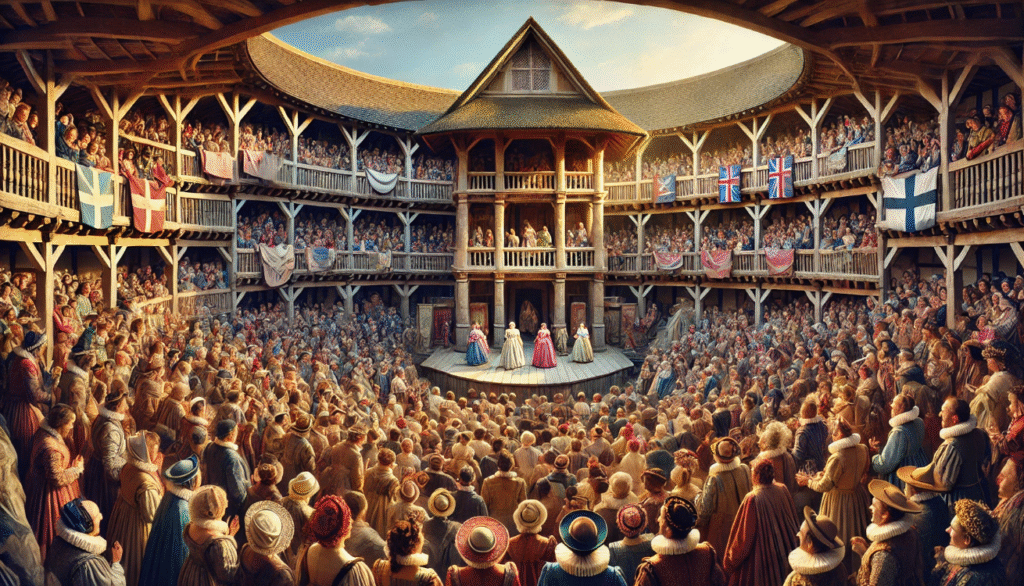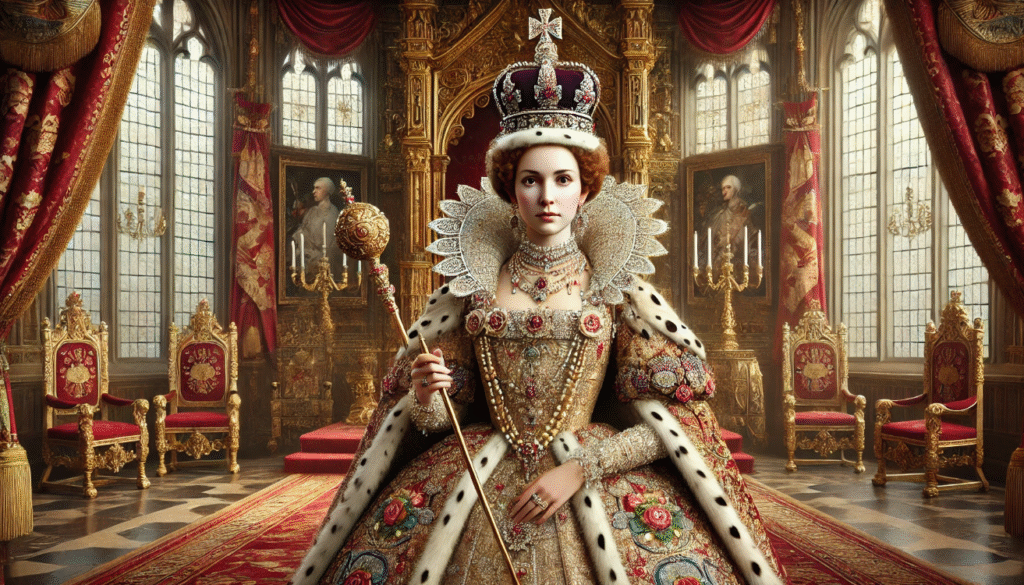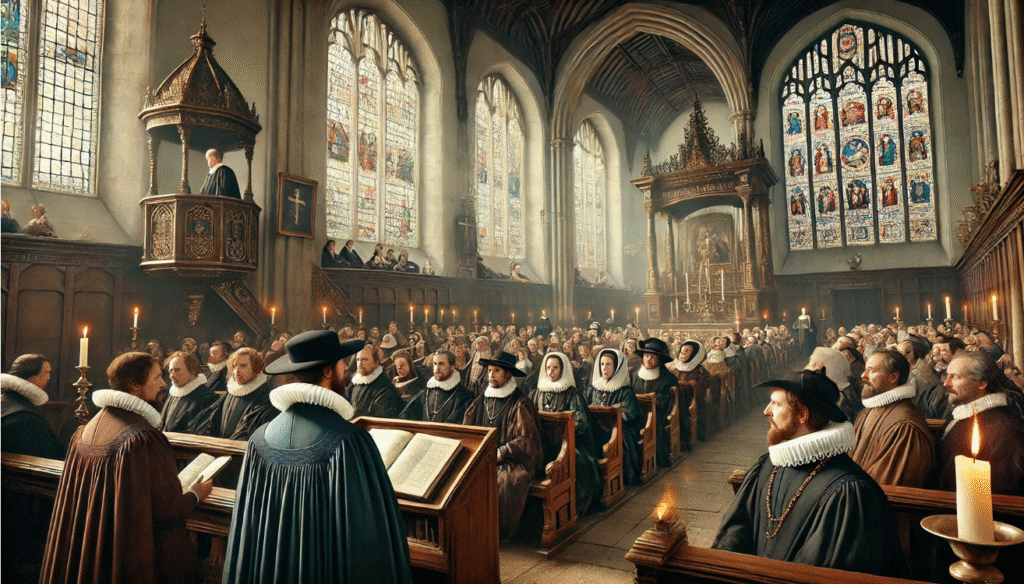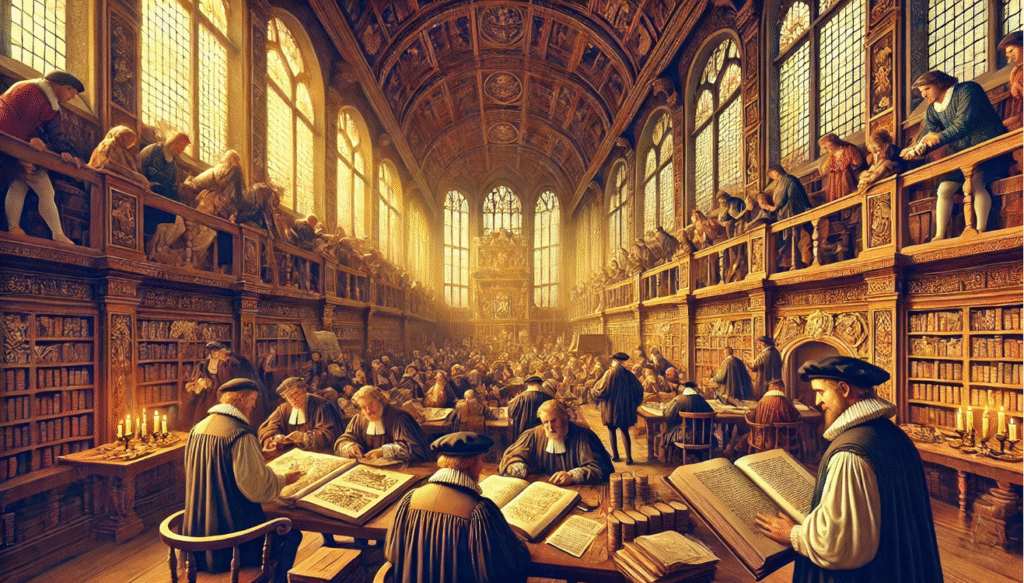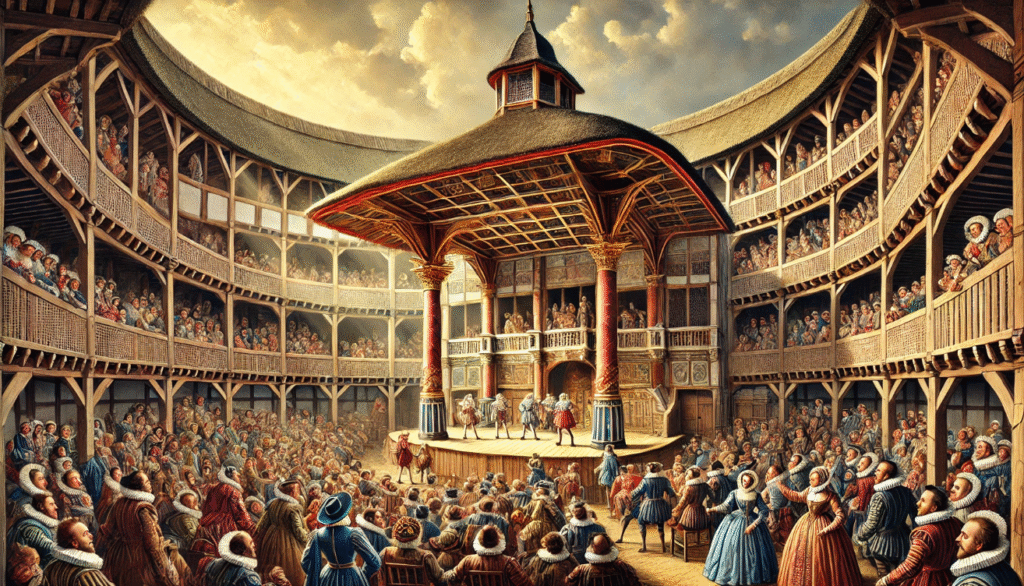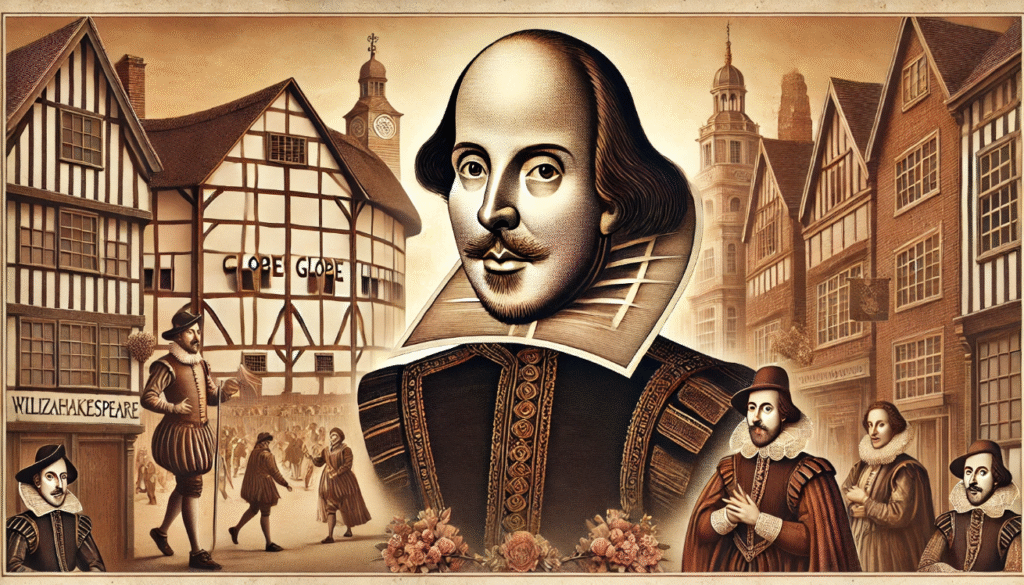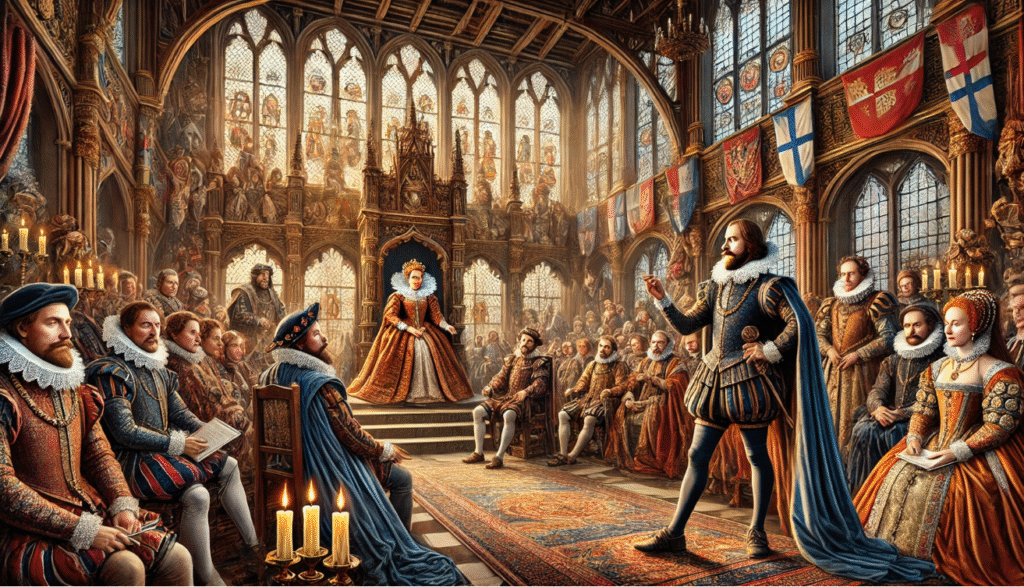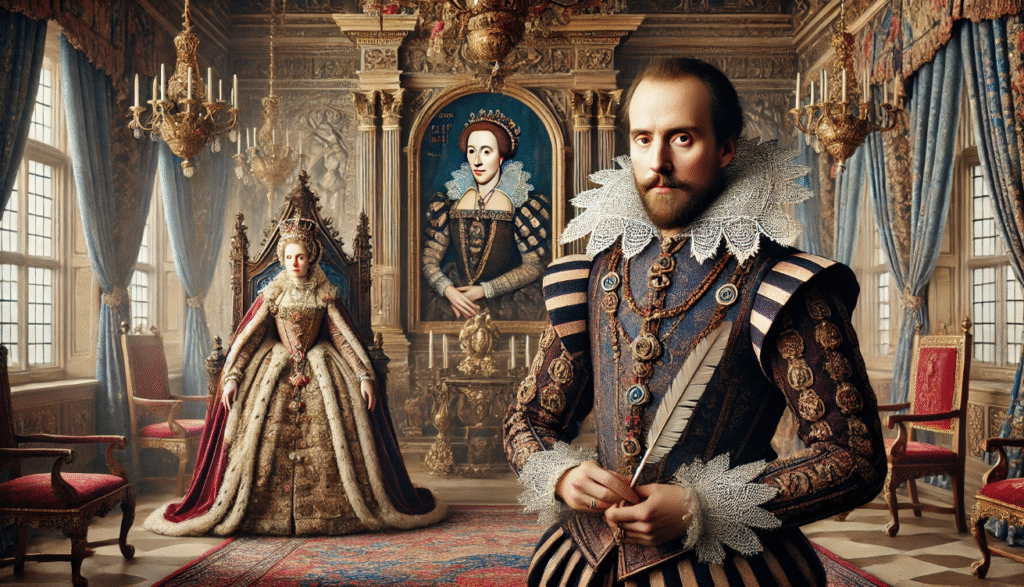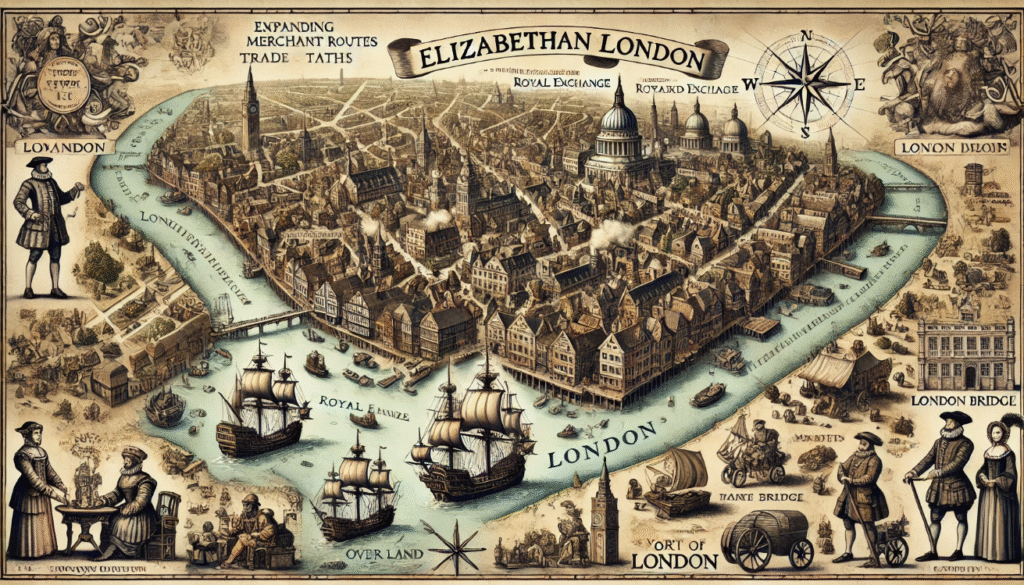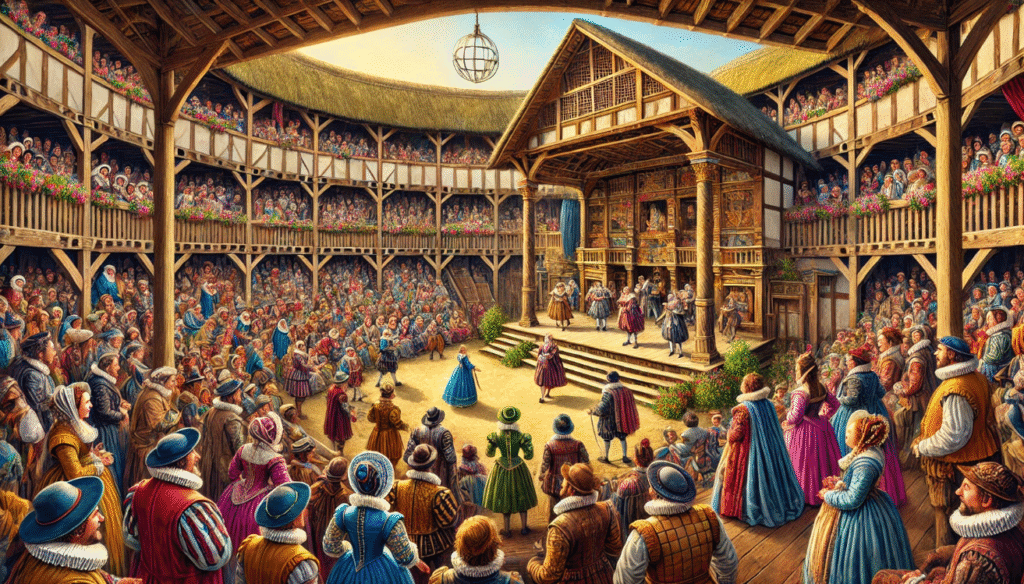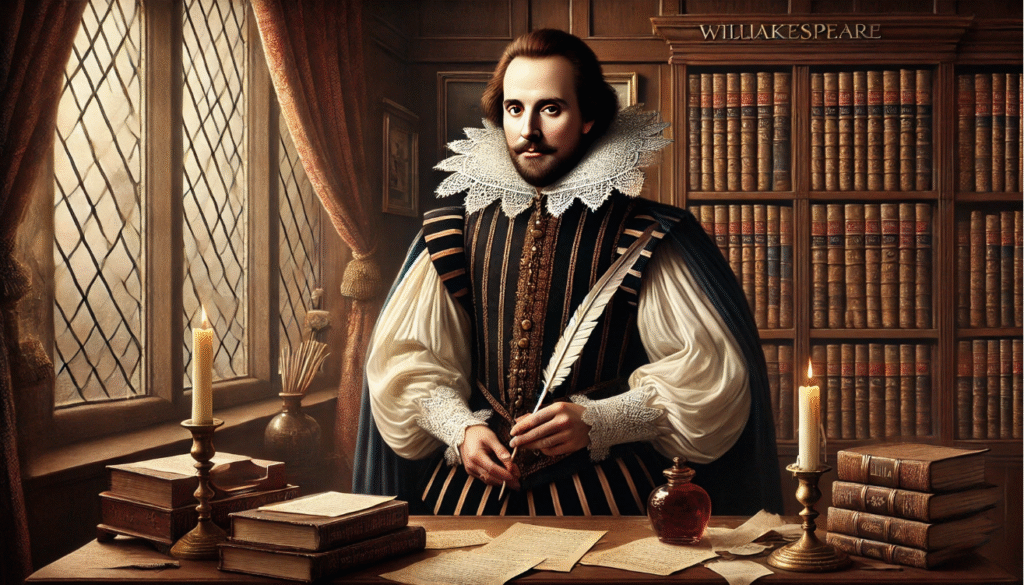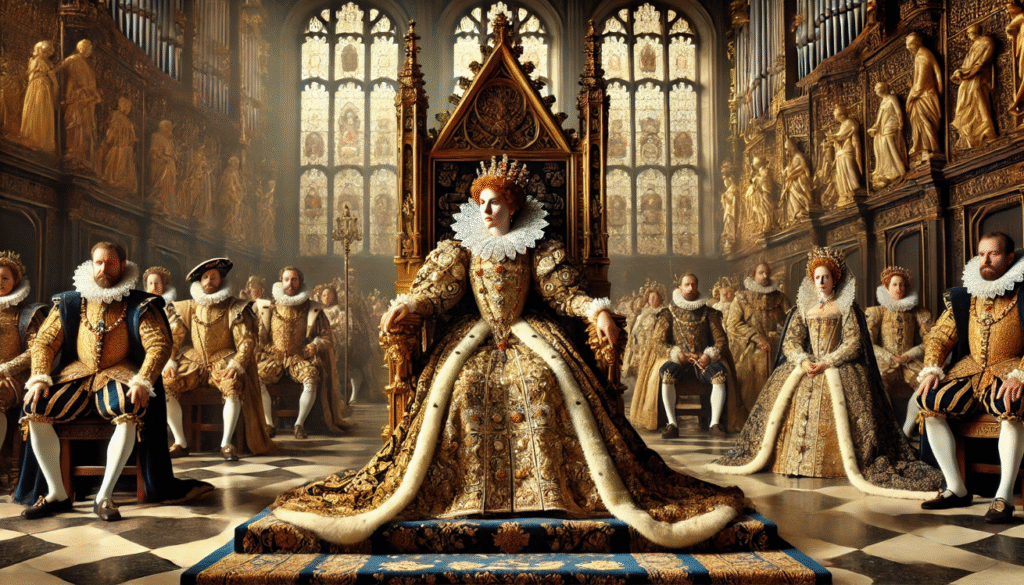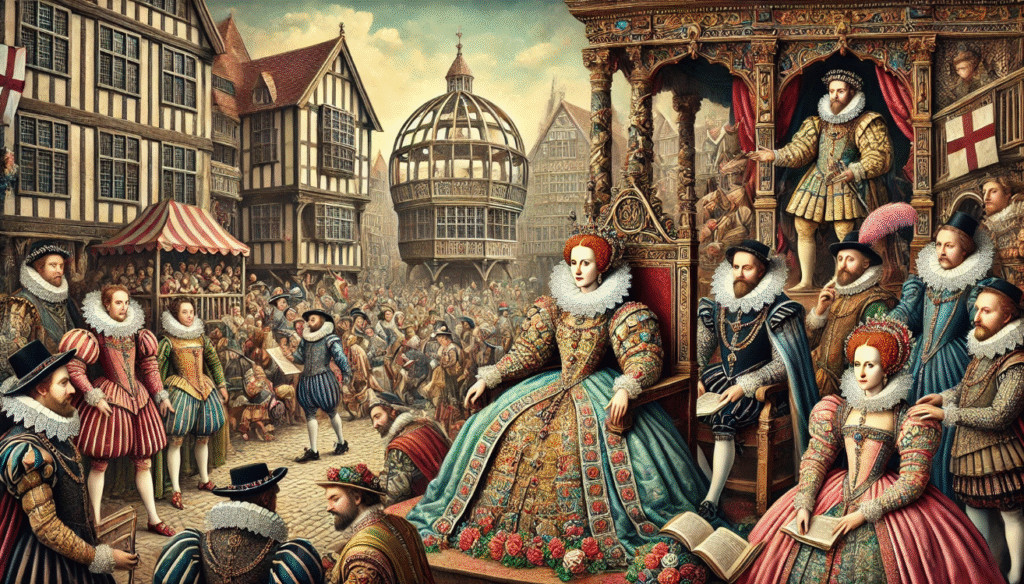 Did you know that in the vibrant world of Elizabethan theatre, audiences were not just passive observers, but active participants in the drama unfolding before them? During the Elizabethan Era, which spanned from 1558 to 1603 under the reign of Queen Elizabeth I, the arts and culture flourished like never before. This was a time of great innovation and creativity, and the theatre was no exception. Playwrights like William Shakespeare and Christopher Marlowe captivated audiences with their timeless works, while actors and actresses brought these plays to life with passion and flair. The role of theatre in Elizabethan England theatre was a place of excitement, emotion, and entertainment, and its influence can still be felt in the world of theatre today.
Did you know that in the vibrant world of Elizabethan theatre, audiences were not just passive observers, but active participants in the drama unfolding before them? During the Elizabethan Era, which spanned from 1558 to 1603 under the reign of Queen Elizabeth I, the arts and culture flourished like never before. This was a time of great innovation and creativity, and the theatre was no exception. Playwrights like William Shakespeare and Christopher Marlowe captivated audiences with their timeless works, while actors and actresses brought these plays to life with passion and flair. The role of theatre in Elizabethan England theatre was a place of excitement, emotion, and entertainment, and its influence can still be felt in the world of theatre today.
Theatre has been a transformative force in society, culture, and politics throughout history, making it a cornerstone of many eras. From ancient Greece to modern times, theatre has been a platform for expressing societal values, challenging political norms, and reflecting cultural shifts. Its ability to bring people together, provoke thought, and inspire change has cemented its role as a vital part of human experience.
The Historical and Social Context of Elizabethan Theatre

Overview of the Elizabethan Era:
Economic growth and the rise of the middle class are closely linked to the Renaissance’s influence on arts and culture. During this time, there was a significant increase in trade, commerce, and industrial production, leading to a rise in wealth and prosperity for many individuals. This economic growth allowed for the emergence of a new middle class, who had the financial means to support and patronize the arts. As a result, the Renaissance became a period of great cultural and artistic achievement, with a flourishing of creativity in fields such as painting, sculpture, literature, and music. The support of the middle class also led to the development of new art forms and styles that reflected the values and interests of this burgeoning social group.
The Queen’s Patronage:
Queen Elizabeth I was a strong supporter of the arts during her reign. She played a significant role in the establishment of royal theaters and the legitimization of acting troupes. Her support helped to elevate the status of theater and allowed for the flourishing of artistic expression during her rule. This support for the arts was an important part of her legacy and helped to shape the cultural landscape of her time.
The Urban Boom:
The growth of London as a cultural hub has been significant, especially in the realm of theatre. London has become a global center for theatre and performing arts, attracting audiences from all over the world. Theatre has served as a form of mass entertainment for all social classes, offering a wide range of productions that cater to diverse audiences. The accessibility and popularity of theatre in London have played a crucial role in its cultural growth and appeal.
The Theatrical Landscape in Elizabethan England
The Evolution of Theatre Spaces:

Playhouses, such as The Globe and The Rose, played a significant role in fostering a new cultural space during the Renaissance. These permanent playhouses provided a dedicated space for theatrical performances, allowing for more elaborate and innovative stage designs, as well as increased seating capacity. This shift from inn-yards to permanent playhouses signified a growing interest and investment in the arts, as well as a desire to create a more immersive and professional theatrical experience for audiences. The design of these playhouses, with their unique architectural features and advanced technical capabilities, contributed to the development of a distinct cultural space that played a crucial role in shaping the future of theater and entertainment.
Notable Playwrights:

William Shakespeare, Christopher Marlowe, and Ben Jonson were all influential playwrights and poets during the Elizabethan and Jacobean eras in England. Shakespeare is widely regarded as one of the greatest writers in the English language, known for his plays such as “Hamlet,” “Macbeth,” and “Romeo and Juliet.” Marlowe, a contemporary of Shakespeare, was known for his groundbreaking use of blank verse and his plays like “Doctor Faustus” and “Tamburlaine.” Jonson, meanwhile, was known for his satirical plays and his role in the development of the comedy of humors.
Audience Dynamics:
The diversity of theatre-goers in historical contexts often reflected the social stratification of the time. The aristocracy, merchants, and commoners all frequented the theatre for different reasons and with different expectations. The interaction between performers and audiences varied greatly depending on the social status of the attendees. The aristocracy may have expected a more formal and exclusive experience, while commoners might have engaged with the performance in a more lively and interactive manner. Overall, the interaction between performers and audiences was influenced by the social dynamics and expectations of the time.
Themes and Content in Elizabethan Theatre
Reflection of Society:
Exploration of power, politics, and human nature is a common theme in many works of literature, film, and television. Critiques of authority disguised as entertainment can be found in various genres, from dystopian novels to satirical comedies. These works often challenge the status quo and provoke critical thinking about the nature of power and its impact on society. By presenting these critiques in an entertaining format, creators are able to engage a wider audience and spark important conversations about the complexities of human behavior and the dynamics of political power.
Human Emotion and Conflict:

The universality of themes like love, betrayal, ambition, and morality in literature and drama allows for a deep connection between the audience and the characters and their experiences. These themes resonate across cultures and time periods, making them relevant to all people. Additionally, complex characterizations, such as those found in characters like Hamlet and Othello, add depth and richness to the storytelling, allowing for a more nuanced exploration of these universal themes. This complexity can lead to a deeper understanding of human nature and the human experience.
Blend of Genres:

The rise of tragedies, comedies, and histories in literature and theater occurred during different periods in history. Tragedies, with their exploration of human suffering and the struggle with fate, appealed to audiences by providing catharsis and a sense of empathy for the characters. Comedies, with their lighthearted and humorous content, appealed to audiences by providing entertainment and an escape from the hardships of everyday life. Histories, with their depiction of real events and figures, appealed to audiences by providing a sense of connection to the past and a deeper understanding of the world around them. Each genre appealed to diverse audiences by offering different emotional experiences and perspectives on the human condition.
Theatre as a Cultural Revolution
Breaking Social Barriers:

Theatres have historically served as a space where people from different social classes can come together and experience the same performance. This has helped to bridge the gap between different social classes and create a sense of unity and shared experience. Additionally, theatres have provided a platform for marginalized voices, such as those representing gender roles, to be heard and represented in a way that may not be possible in other social settings. This has helped to bring attention to important social issues and create a more inclusive and diverse community within the theatre.
Impact on Language and Literature:
The enrichment of the English language with new words, phrases, and expressions has a significant impact on future generations of writers and thinkers. It allows for the evolution and expansion of the language, providing endless possibilities for creative expression and communication. As new words and expressions enter the lexicon, they contribute to the ongoing growth and development of the language, influencing the way it is used and understood by future generations. This continuous enrichment fosters a dynamic and vibrant linguistic landscape, inspiring creativity and innovation in literature, academia, and everyday communication.
Theatre as Propaganda:
Plays have long been used as tools for promoting national pride and political ideologies. From Ancient Greek tragedies to modern political dramas, playwrights have utilized the stage to convey messages about societal norms and critique the ruling monarchy. Through subtle critiques, plays have the power to challenge traditional power structures and spark conversations about change. Whether through historical epics or contemporary political satires, plays continue to play a crucial role in shaping public discourse and challenging the status quo.
Challenges Faced by Elizabethan Theatre

The Puritans strongly believed that theatre was immoral and went against their religious beliefs. This opposition led to restrictions and disapproval of theatrical performances. In many societies, the government has regulated theatre by requiring licenses for performances and censoring the content of plays. This has been done to uphold moral standards and prevent the spread of controversial or objectionable material. During times of plague and other public health crises, theatres have often been forced to close in order to prevent the spread of disease. This has had a significant impact on the industry, leading to financial hardship for theatre professionals and affecting the availability of live performances for audiences.
The Legacy of Elizabethan Theatre

The enduring impact of Shakespeare and his contemporaries on modern theatre is undeniable. Their innovations in storytelling, stagecraft, and characterization continue to shape the way we approach and appreciate theatre today. The global influence of Elizabethan theatre has had a profound cultural significance, as it has shaped perceptions of art as a tool for social reflection. Furthermore, the continuation of Elizabethan traditions in modern performances serves as a testament to the lasting impact of this era on the world of theatre.
During the Elizabethan Era, theatre played a transformative role in England, serving as a powerful form of entertainment, education, and cultural expression. The popularity of theatre during this time led to the construction of iconic theatres such as the Globe, where the works of legendary playwrights like William Shakespeare were performed. These plays provided a platform for exploring complex themes, societal issues, and human nature, while also reflecting the values and beliefs of the time. The cultural importance of Elizabethan theatre cannot be overstated, as it not only entertained and inspired audiences but also helped shape.

